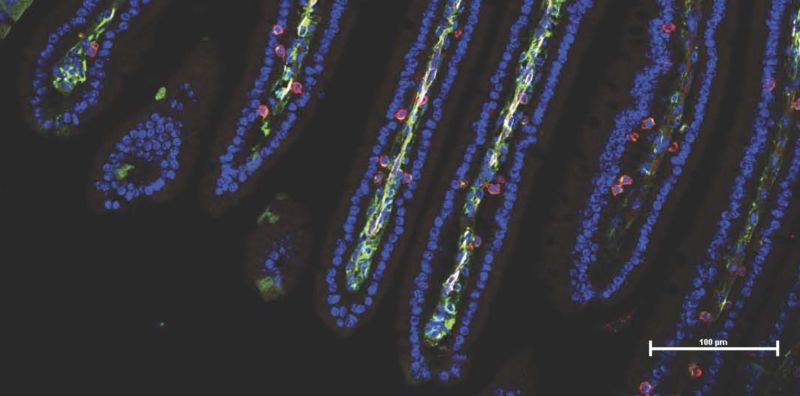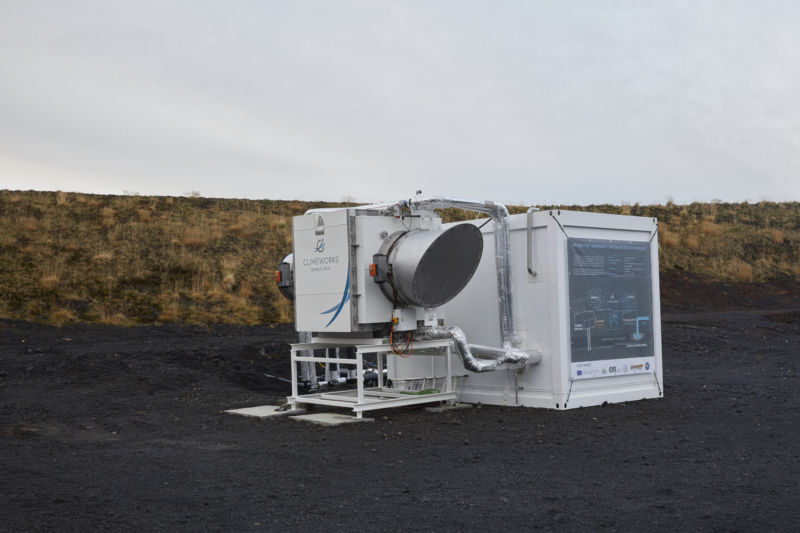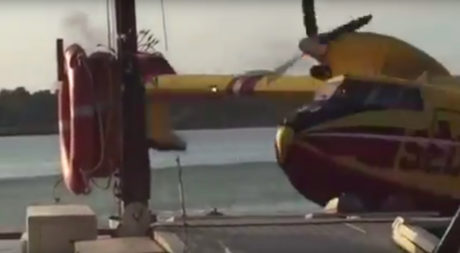
Enlarge / After fecal transplants from responding humans, the gut cells of mice (blue) were flooded with cancer-fighting immune cells (red, green) (credit: Dr. Luigi Nezi])
New, potent cancer therapies can act like daggers pressed into the hindquarters of the immune system, prodding it to lunge at any cancerous cells in the body. When the drugs work, the immune system tramples tumors into oblivion. But they don’t always work—in fact, cancer drugs can fail 60 to 70 percent of the time. The drugs might not give the immune system a sharp enough sticking in every patient. But according to a pair of new studies, it may not be the immune system that needs a swift kick—it may be the gut.
Some intestinal-dwelling bacteria appear to corral and train immune cells to fight off cancer cells—prior to any spurring from cancer immunotherapies. Without such microbial priming, the drugs may only offer a futile prod. In both studies, published this week in Science, researchers found that the cancer patients who saw no benefit from the drugs (non-responders) were the ones who lacked certain beneficial gut bugs, particularly after taking antibiotics. Meanwhile, cancer patients who did respond to the drugs had bacteria that could prompt the immune system to release chemicals that get cancer-killing immune cells—T cells—to chomp at the bit.
When the researchers transferred the gut microbes from their human cancer patients into germ-free mice with cancer, the rodents mirrored the patients’ fates. That is, mice that got gut microbes from non-responding humans also did not respond to immunotherapies. But, the mice that got microbes from responders responded. And when researchers swapped responder gut microbes into non-responding mice, the mice converted and fought back the cancer.











































































































 Physical damage but no injuries. Impressive! Reportedly filmed at Vallabrègues, on the left bank of the Rhône River, in the Gard department in southern France, the video below shows two Canadair CL-415 water bomber aircraft involved in a firefighting mission on Aug. 27, 2017. One of the “Superscooper” planes hit a barge with its left hand […]
Physical damage but no injuries. Impressive! Reportedly filmed at Vallabrègues, on the left bank of the Rhône River, in the Gard department in southern France, the video below shows two Canadair CL-415 water bomber aircraft involved in a firefighting mission on Aug. 27, 2017. One of the “Superscooper” planes hit a barge with its left hand […]


 No traces of radioactive materials, including xenon gas, were detected following North Korea’s latest nuclear test. Here are the aircraft that helped determining that. On Sunday Aug. 3, North Korea conducted its sixth and most powerful nuclear test. According to Pyongyang the test involved a hydrogen bomb that can be loaded onto a long-range missile. […]
No traces of radioactive materials, including xenon gas, were detected following North Korea’s latest nuclear test. Here are the aircraft that helped determining that. On Sunday Aug. 3, North Korea conducted its sixth and most powerful nuclear test. According to Pyongyang the test involved a hydrogen bomb that can be loaded onto a long-range missile. […]

















